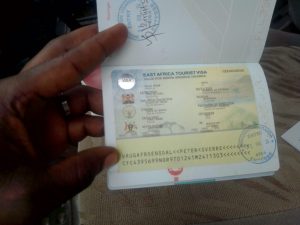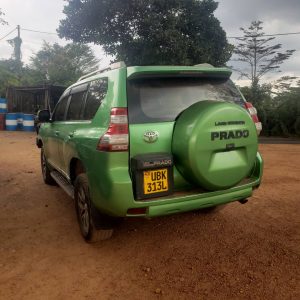7 Top Factors to Consider on a Self-Drive in East Africa
7 Top Factors to Consider on a Self-Drive in East Africa, Embarking on a self-drive adventure in East Africa can be a thrilling and memorable experience. However, there are many important factors to consider to ensure your trip is safe, enjoyable, and stress-free. hello come with me to pass you through these top seven factors to keep in mind:
Vehicle Choice and Condition
- Suitable Vehicle: Choose a reliable and well-maintained 4×4 vehicle that can handle East Africa’s diverse and often challenging terrains.
- Check Condition: Ensure the vehicle is in good condition, with up-to-date servicing, functional brakes, tires with good tread, and working lights.
Documentation and Permits
 Driver’s License: Carry a valid driver’s license from your home country. An International Driving Permit (IDP) is also recommended.
Driver’s License: Carry a valid driver’s license from your home country. An International Driving Permit (IDP) is also recommended.- Vehicle Documentation: Ensure the rental vehicle comes with all necessary documents, including registration, insurance, and any required permits.
- Cross-Border Permits: If you plan to drive across borders, ensure you have the required cross-border permits and understand the entry requirements for each country.
Road Conditions and Navigation
- Road Quality: Be prepared for varying road conditions, from well-paved highways to rough, unpaved roads, especially in rural and remote areas.
- Navigation Tools: Equip yourself with reliable navigation tools, including GPS, maps, and a compass. Offline maps can be particularly useful in areas with poor network coverage.
- Local Advice: Seek advice from locals or other travellers about current road conditions and the best routes to take.
Safety and Security
- Driving Laws: Familiarize yourself with local driving laws and regulations, including speed limits, road signs, and traffic rules.
- Personal Safety: Avoid driving at night due to poor visibility, potential road hazards, and the increased risk of encountering wildlife.
- Secure Belongings: Keep valuables out of sight and lock the vehicle when unattended. Be cautious in urban areas and avoid leaving your vehicle in unsecured locations.
5. Health and Emergency Preparedness
- Health Precautions: Ensure you have necessary vaccinations and carry a basic first aid kit. Be aware of any health risks in the region and take preventive measures.
- Emergency Contacts: Have a list of emergency contacts, including local hospitals, police, and the car rental company. Know the emergency numbers for each country you visit.
- Breakdown Assistance: Ensure you have access to roadside assistance and know the procedure to follow in case of a breakdown.
Fuel and Supplies
 Fuel Availability: Plan your fuel stops carefully, especially in remote areas where fuel stations may be scarce. Carry extra fuel if necessary.
Fuel Availability: Plan your fuel stops carefully, especially in remote areas where fuel stations may be scarce. Carry extra fuel if necessary.- Supplies: Stock up on essential supplies, including water, food, and camping gear if you plan to camp. It’s also useful to have a spare tire, jack, and necessary tools.
Cultural Sensitivity and Respect
- Local Customs: Be respectful of local customs and traditions. Dress modestly, ask for permission before taking photos, and be mindful of local etiquette.
- Wildlife Conservation: Follow guidelines for wildlife conservation, including keeping a safe distance from animals and not feeding them. Respect the natural environment and leave no trace.
A self-drive trip in East Africa offers unparalleled freedom and adventure, allowing you to explore the region’s stunning landscapes, diverse cultures, and abundant wildlife at your own pace. By considering these factors and being well-prepared, you can ensure a safe, enjoyable, and unforgettable journey through this beautiful part of the world. Safe travels!
